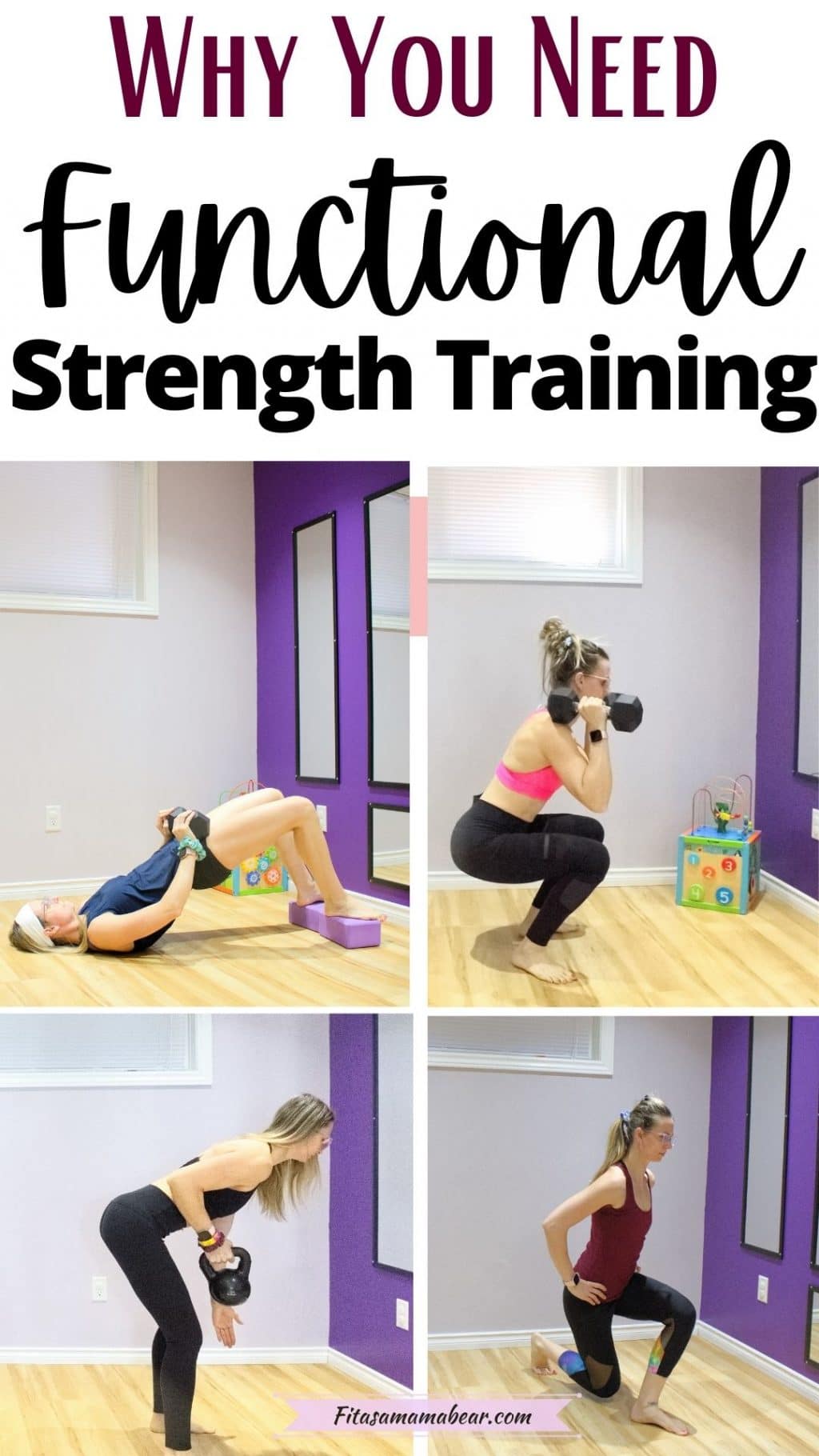Case Journeys
Exploring intriguing stories and insights from around the world.
Functionally Fit: Training Your Body for Real-Life Adventures
Unleash your potential! Discover how to train for real-life adventures and stay fit while having fun. Join the journey to being functionally fit!
5 Essential Exercises for Everyday Life: Building a Functionally Fit Body
In our fast-paced world, it's essential to prioritize fitness that translates to daily activities. Functionally fit bodies are better equipped to handle the demands of everyday life, making routine tasks easier and more enjoyable. Incorporating exercises that mimic real-life movements can enhance your strength, flexibility, and stability. Here are five essential exercises that form the foundation of a functionally fit body:
- Squats: Ideal for strengthening your legs and core, squats improve your ability to sit, stand, and lift heavy objects.
- Deadlifts: This exercise engages multiple muscle groups, teaching you proper lifting mechanics.
- Push-ups: A classic exercise that builds upper body strength and stability.
- Lunges: Lunges enhance balance and coordination, making them perfect for real-world mobility.
- Planks: These are excellent for building core strength, which is vital for maintaining good posture and preventing injuries.

How to Train for Real-Life Adventures: Tips for Functional Fitness
Training for real-life adventures requires a shift in focus from traditional gym workouts to functional fitness. This approach emphasizes strength, flexibility, and endurance that mirror the movements and challenges you may encounter outdoors. To get started, consider incorporating exercises that mimic everyday activities or specific adventure scenarios. Activities like squats, deadlifts, and burpees build strength and stamina while also enhancing your core stability. Moreover, integrating balance challenges, such as single-leg exercises or stability ball routines, can significantly improve your agility and coordination, crucial for navigating rocky terrains or uneven surfaces.
In addition to strength training, it’s important to include cardiovascular conditioning in your routine. Activities like hiking, running, and cycling can enhance your endurance and prepare your body for long periods of physical activity. Try creating a weekly plan that incorporates a mix of strength, cardio, and flexibility training. For instance, you could schedule three strength training sessions, two days of cardio, and incorporate yoga or stretching exercises to improve flexibility. Progressively increasing the intensity of your workouts, aligning them with the specific demands of your intended adventures, will ensure that you are well-prepared for whatever challenges lie ahead.
Functional Fitness vs. Traditional Workouts: What You Need to Know
Functional fitness and traditional workouts represent two distinct approaches to physical training, each catering to different fitness goals and lifestyles. Functional fitness focuses on exercises that mimic everyday activities, improving strength, balance, and coordination. This form of training often includes movements such as squats, lunges, and kettlebell swings, which enhance your ability to perform daily tasks with greater ease and efficiency. On the other hand, traditional workouts often emphasize isolated muscle groups through methods like weightlifting and machine-based exercises, aiming primarily at muscle hypertrophy and strength development.
When considering which approach is best for you, it's essential to reflect on your personal fitness objectives. If you seek overall body functionality and want to improve your performance in daily activities or sports, functional fitness may be more suitable. However, if your goal is to build muscle size and strength, traditional workouts might be the better path. Ultimately, integrating both styles into your routine can provide a balanced approach, promoting not only strength but also agility, endurance, and everyday functional movement.